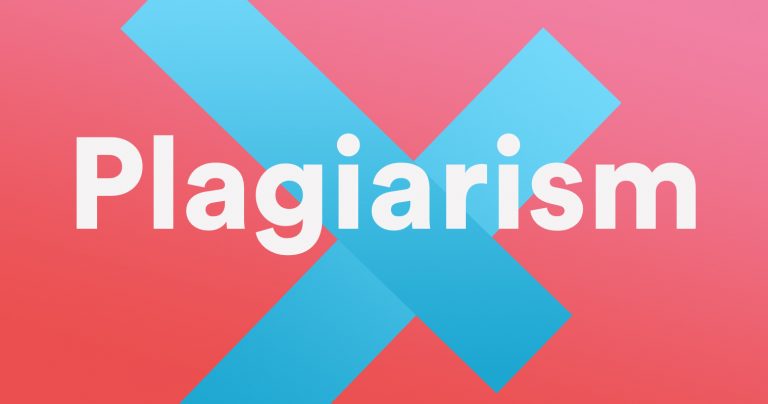One of the most common issues when writing essays or any other type of content or text assignment is plagiarism. Some people can copy a whole bunch of sentences from another source, thinking they are smarter than the teachers or those who order the essay, but today it’s pretty easy to check if your writing is completely unique.
But first, let’s explain what is plagiarism. That’s every intention to use or using someone else’s ideas, research, theories, writing, and results, without giving them credit for their job, and making those around you believe it’s your work. Or we can say that it’s stealing someone’s work, and claiming it’s all yours.
If you want to avoid it, you need to cite the source, or paraphrase the sentences, list the sources you’ve used to write the essay, as a reference, and always include a lot of your work, and your unique approach, so you can make the things easier.
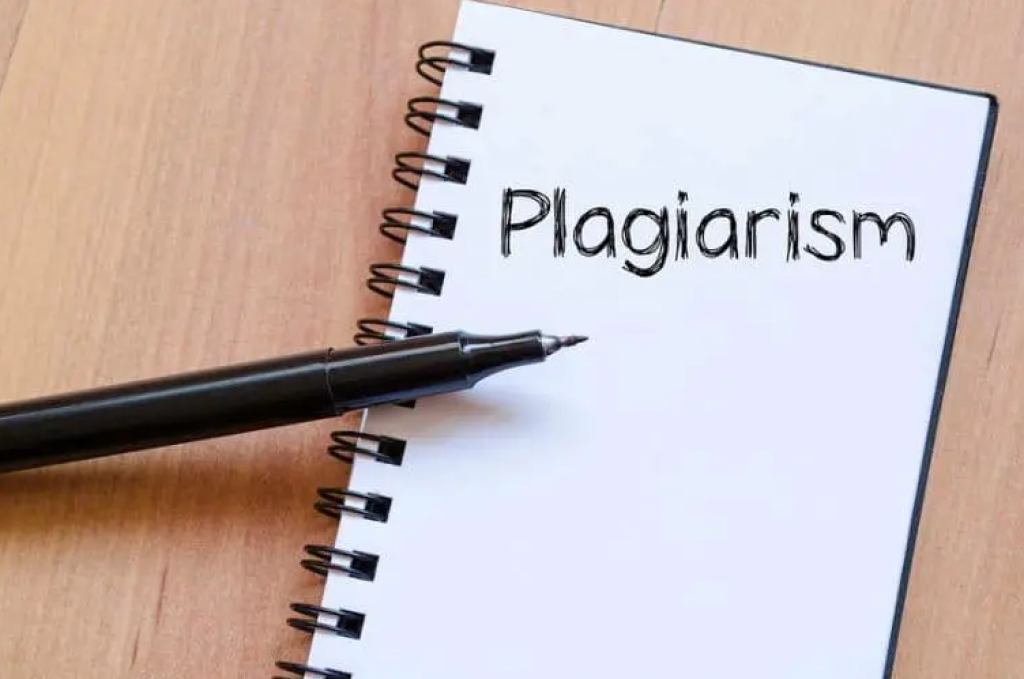
Surely, when writing an article, essay, or any other type of written content, you have to use some sources, especially for scientific purpose, so you can be sure there are relevant information included, supported by the science. Most of the new theories are based on the existing ones, and you will have to cite them anyway, with the sentence forms like “According to”, “As you can see on…”, or “…say the authors in their recent research”. These words can make a huge difference and can give additional depth to the research because are backed up by relevant sources.
All these things are a part of the rules known as publication ethics, and they are recognized as duplicating recycling, and copying. Today, plagiarism is a huge issue among authors, especially the idea of plagiarism. No matter how many ideas are there, overlaps can happen, and those who had it first can (wrongly) claim that someone is stealing from them. It’s the same with the songs, movies, video content, blogs, and so on.
Also, one of the best things about today’s tech development, is that we can check our work online, and see if the work is unique, or we need to give credit to someone else. Sometimes, we can use the same concept and sentences like someone else, and with tiny corrections, the essay can be turned into an original piece of writing. Plagiarism is a serious action because stealing someone else’s ideas or their work, is a serious ethical issue, against the rules of fair use.
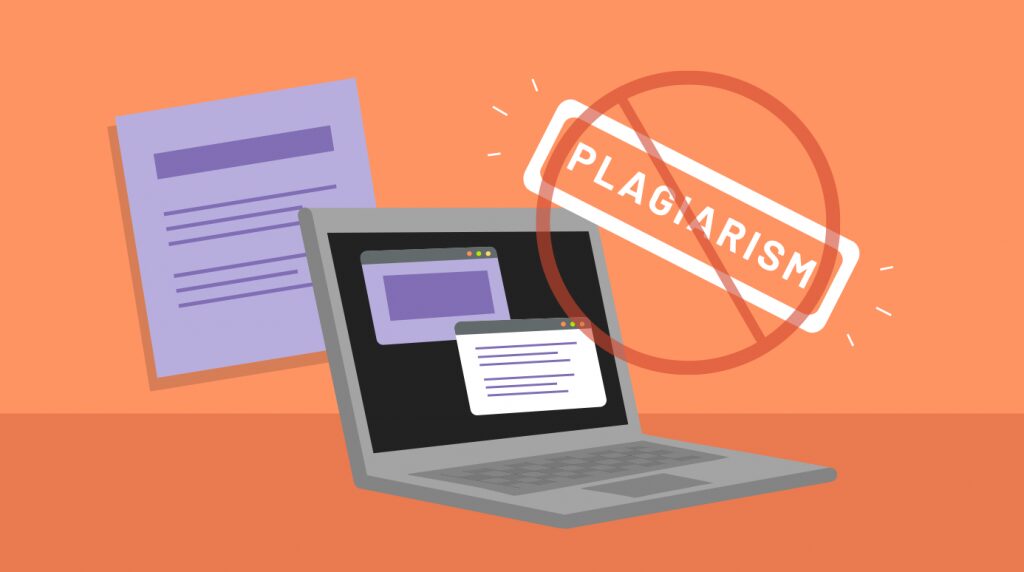
Today, everything is very simple. You only have to visit plagiarismchecker.co for an online check or download an extension that will recognize the copying as you write. Sometimes you will have to upload the saved document or copy and paste the text. The free versions of this software, or others similar to it, can be pretty limited, but it can do its job nicely, by scanning the concept, the sentences, the choice of words, and the whole outline of the text. Then, the system returns information about the essay’s uniqueness, usually colored in red, yellow, or green. The green levels are acceptable and follow the fair use policy. The author has a unique approach to writing the article and doesn’t spin the words, using someone else’s work. In most cases, above 90% of uniqueness is acceptable, but a 100% plagiarism-free essay is the best one.
When the uniqueness is between 70%-90% or known as the yellow zone, you still need to fix some tiny details, adjust the choice of words and sentences, or add cites and references, to increase the percentage, and make the whole work relevant and plagiarism-free.
But if the uniqueness level is less than 70%, then you must do some changes, use your own ideas, and fix the whole writing, so you can provide a good essay at school or university. Copying is strictly forbidden, except when you have to cite another source just like it’s written there.

Here are a few tips on how to be better at writing and avoid plagiarism:
1. Before you start writing, you should read a few resources or scientific publications related to the topic. Proper research is required every time you have to write something for school. When you read one publication, then your mind is using it as an example. But, using a few sources can lead to a unique approach and lower chances for plagiarism, even though it’s not intended.
2. Write the outline first. Start with the introduction, and end with the conclusion. Write the headings and sub-headings, and include all the data you will need.
3. After you finish the essay, read it again, because you will be able to make relevant edits and changes, to improve the quality of the writing.
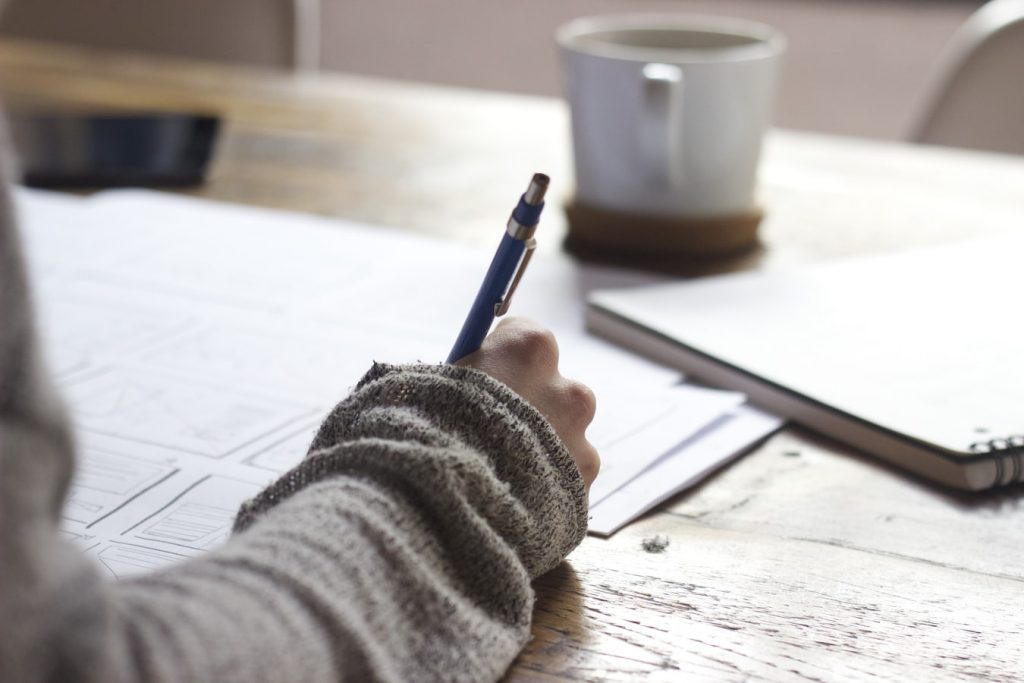
4. Choose the topic by yourself. Sometimes you can be assigned with one, but when it comes to essays, the students are usually able to choose the most interesting for them, by consulting the teacher. When writing is enjoyable, the chances for plagiarism are lower.
5. Don’t use only Internet references. You can always include a real-people opinion in your thesis, visit the local library to explore the topic, and even consult with your teacher and ask for additional literature that will help you write it.
6. Don’t underestimate the power of knowledge and education. If you have deeper knowledge in some topic, it will be easier for you to write the paper by yourself, without using sources and references, and only provide them if needed. That will help you write unique sentences, with your own choice of words, and concepts.
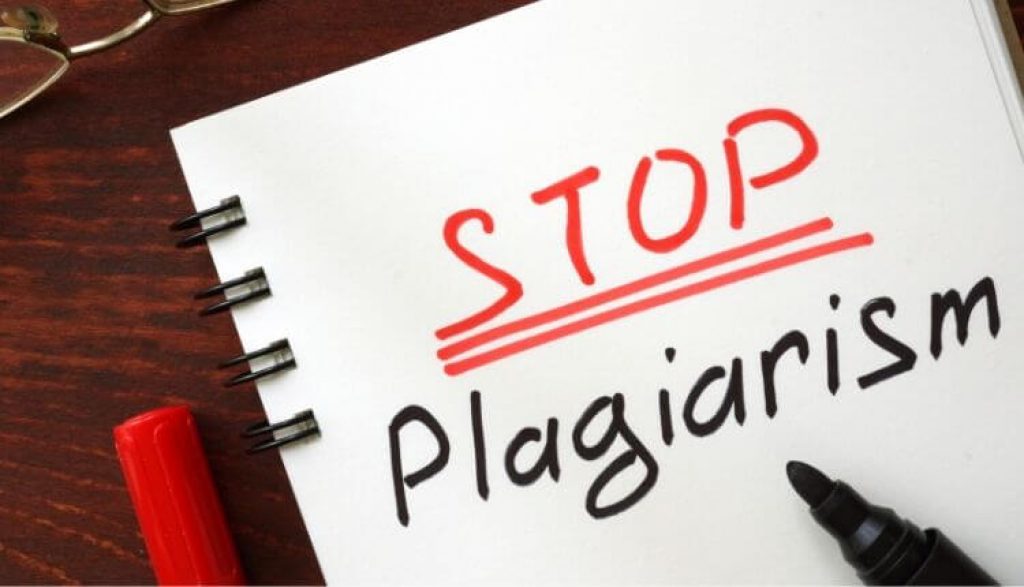
Copying someone else’s job for academic purposes is equal to crime, and the people who did it will face the laws. There are many scandals every year, and it’s surely not good to even think about getting denied at college or university because of plagiarism and copying. It’s not difficult to have a unique writing approach. The knowledge you have, the resources, and embracing the freedom of telling your thoughts will lead to a successful and unique essay, that will surely get a good mark at school.

